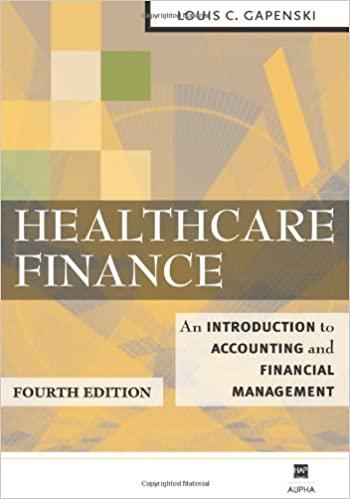Answered step by step
Verified Expert Solution
Question
1 Approved Answer
A company's 5-year bonds are yielding 6% per year. Treasury bonds with the same maturity are yielding 5.1% per year, and the real risk-free rate
A company's 5-year bonds are yielding 6% per year. Treasury bonds with the same maturity are yielding 5.1% per year, and the real risk-free rate (r*) is 2.75%. The average inflation premium is 1.95%, and the maturity risk premium is estimated to be 0.1 (t - 1)%, where t = number of years to maturity. If the liquidity premium is 0.7%, what is the default risk premium on the corporate bonds? Round your answer to two decimal places
An investor in Treasury securities expects inflation to be 2.2% in Year 1, 2.5% in Year 2, and 3.65% each year thereafter. Assume that the real risk-free rate is 1.65% and that this rate will remain constant. Three-year Treasury securities yield 6.10%, while 5-year Treasury securities yield 7.00%. What is the difference in the maturity risk premiums (MRPs) on the two securities; that is, what is MRP5 - MRP3? Do not round intermediate calculations. Round your answer to two decimal places.
Step by Step Solution
There are 3 Steps involved in it
Step: 1

Get Instant Access to Expert-Tailored Solutions
See step-by-step solutions with expert insights and AI powered tools for academic success
Step: 2

Step: 3

Ace Your Homework with AI
Get the answers you need in no time with our AI-driven, step-by-step assistance
Get Started


